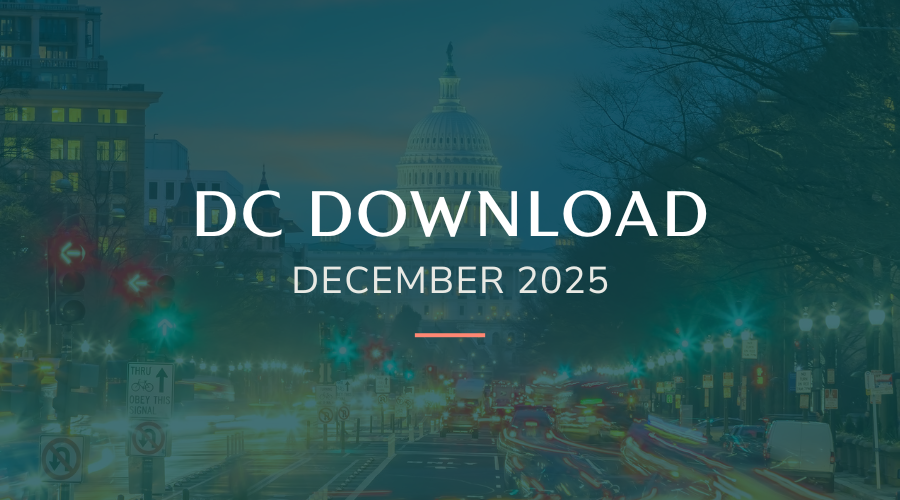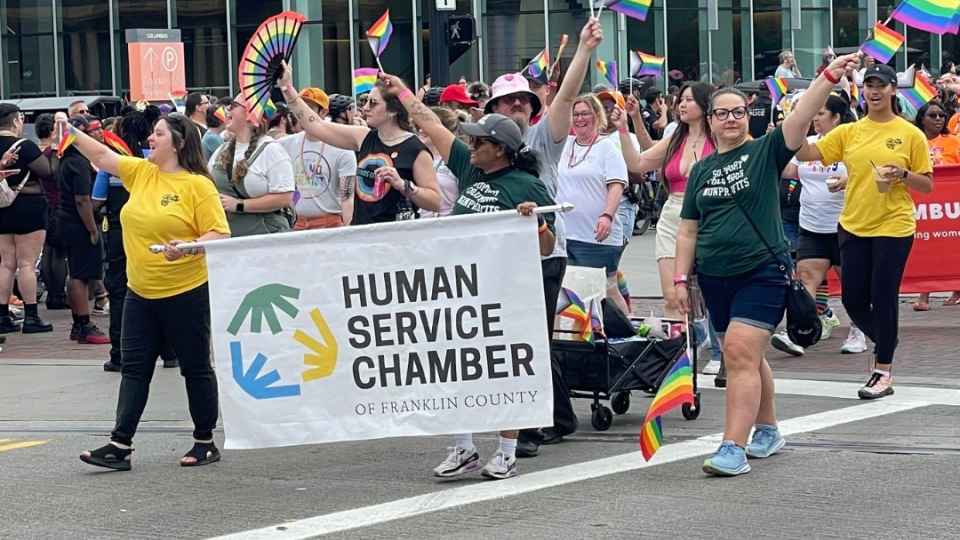Advocacy plans are like a long road trip. Along any road trip, you will have a series of slow-downs and rest stops. But similar to advocacy efforts, these setbacks shouldn’t prevent you from taking the journey. Expecting and planning for those slow-downs is crucial when measuring the success of your advocacy efforts. Knowing what led to setbacks, and how to prepare for them in the future, will help guide future advocacy efforts to your final destination of success. Here are some important things to know when tracking the success of your organization’s advocacy efforts.
In order to assess your advocacy success, you need to know who will be on the road with you. There will be people you need to bring along and educate, others who might just make traffic worse, and still others who you need to clear the pathway. Identifying the roles of these fellow travelers, the impact they have on your road to success, and identifying what is within your control is key to reaching your end destination. For example, you cannot control which legislators sit on a committee that is key to your issue, in the short-term. However, you CAN control how you build relationships with those you have identified as supporters or detractors. How you move a decisionmaker along the detractor to supporter pathway is crucial to the success of your efforts. This is the same for your grassroots advocates. If they don’t understand your issues, they won’t become supporters. So, you need to make sure that you have built-in measures for evaluating the growth of your grassroots support, such as instances of engagement or strength of relationship.
Mile Markers and Rest Stops
Because advocacy is a long-term game, it is extremely hard to measure success in one calendar year or grant period. Oftentimes, this means we calculate success based on the number of passed pieces of legislation. But with the slow pace of groundbreaking work, doing this will often leave staff, grassroots advocates, funders, board members, and allies feeling discouraged. The key to measuring the success of advocacy is looking at the baby steps before you run a marathon. Every mile marker passed is one closer to your destination.
Check your Instruments/Gauges
Measuring those little wins is crucial, but how do you quantify them? One way to track the change in support in lawmakers is to map them (check out this handy feature by our partner, Quorum). If you list all of the lawmakers in your area of jurisdiction at the beginning of your work, you have a concrete way to show those you have moved from detractor to supporter.
Some other ways you can track tangible wins are through the number of bills introduced or meetings taken with members of Congress on a particular issue. If that legislator is particularly interested in your issue and you want to track the growth of their support, you can track the number of times they reference your issue(s) positively in their social media platforms.
Course Correct / On the Wrong Pathway
As you measure the success of your advocacy efforts, it is equally important to evaluate whether to course-correct. If your advocacy efforts appear to be moving in the wrong direction, it’s important to look at what indicators you have at your fingertips to determine whether those contributing factors are within your control. If they are within your control, have a conversation with your decisionmakers and partners to determine whether adjusting your advocacy plan will improve these conditions.
Dead End Ahead
As The Elusive Craft of Evaluation Advocacy shows, even the best advocacy plans sometimes just aren’t successful. “Best practices” exist for a reason, but they aren’t the end-all-be-all for advocates. The best advocacy organizations are those that can look ahead and determine that the smartest thing they can do is decide that there is no path forward. That might mean stopping all advocacy efforts. Take the resources allocated to implementing that advocacy strategy and use them to better understand your audience, decisionmakers, and/or the environment you are advocating in. Then, when you have a better understanding of what prevented your advocacy plan from succeeding, you can draft a new plan with your learnings.
The Destination Matters, But So Does the Journey
Measuring the success of your advocacy efforts not only helps your organization course-correct and improve that particular advocacy plan, it also helps your organization practice and improve upon the skills needed to do that course-correction. Advocacy is a muscle that needs to be used regularly, and the more you use it, the more familiar you are with your limits. Evaluating what your organization can do in any given environment will improve your chances for success in future advocacy efforts. Because even if we win one advocacy battle, we’re always striving to improve on the status quo and these skills will help us reach that destination.
Here are some helpful resources as you start your journey of measuring advocacy success:
- The Elusive Craft of Evaluation Advocacy (report PDF); The Elusive Craft of Evaluating Advocacy (SSIR article) – Steven Teles and Mark Schmitt
- A Guide to Measuring Advocacy and Policy – Annie E. Casey Foundation and Organizational Research Services
- Measuring Influence: Advocacy Evaluation Challenges and Successes – Innovation Network, Inc.
- Measuring Advocacy – Yes We Can! – Matthew Forti
- Measuring the Impact of Advocacy: A Framework and Associated Tools – The William and Flora Hewlett Foundation
- PATHFINDER ADVOCATE EDITION: A Practical Guide to Advocacy Evaluation – Innovation Network, Inc.
- A User’s Guide to Advocacy Evaluation Planning – Harvard Family Research Project



